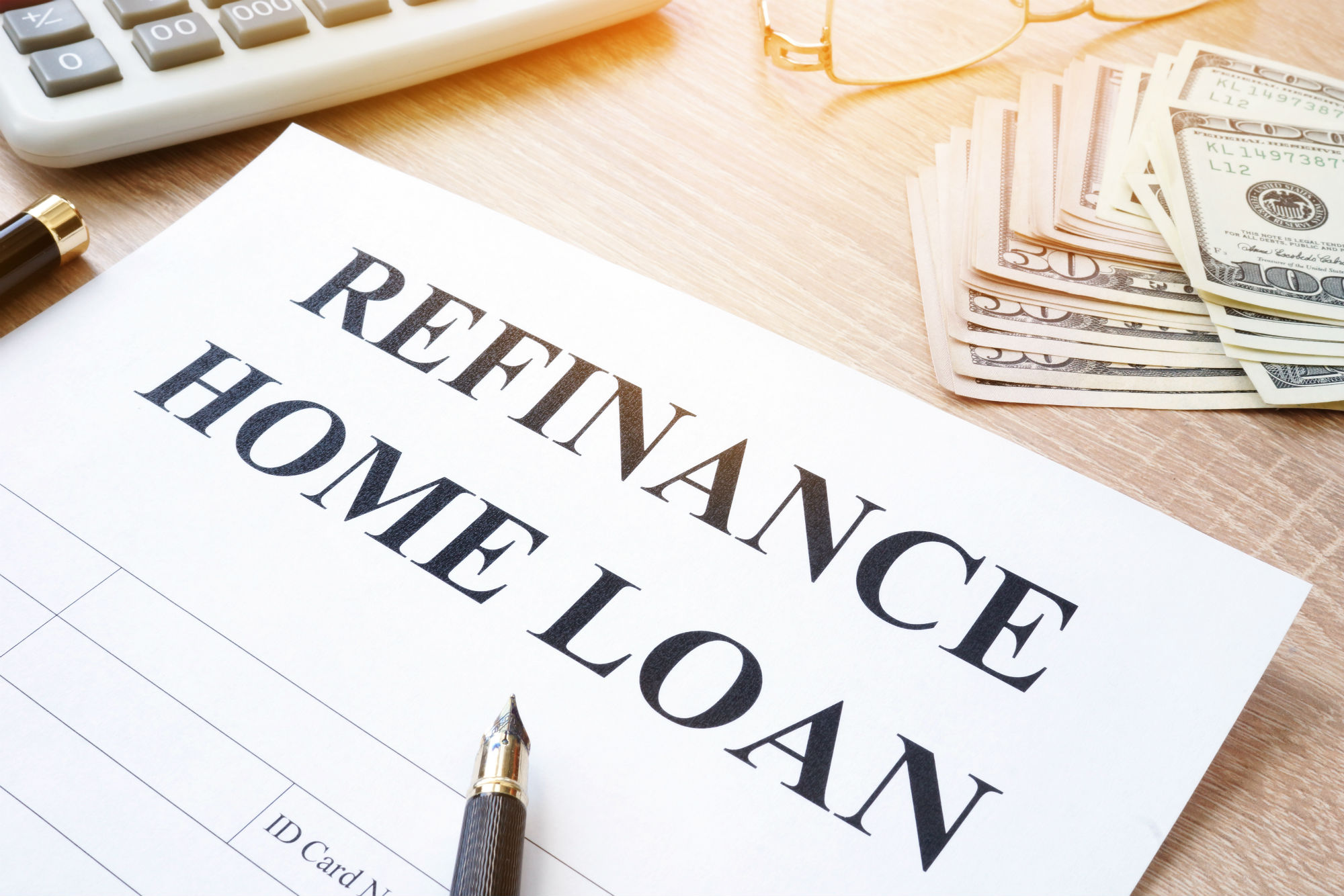Delving into the realm of Mortgage Refinancing, this comprehensive guide unveils the intricacies of this financial strategy, empowering homeowners with the knowledge to make informed decisions and unlock the potential benefits of refinancing their mortgages.
Mortgage refinancing offers a myriad of options tailored to specific financial goals, ranging from reducing interest rates and monthly payments to shortening loan terms or accessing home equity. By exploring the considerations, process, and frequently asked questions surrounding mortgage refinancing, this guide provides a roadmap for homeowners seeking to optimize their homeownership journey.
Mortgage Refinancing Overview

Mortgage refinancing involves replacing an existing mortgage with a new one, typically to secure a lower interest rate, shorten the loan term, or access equity in the property. This financial strategy can provide numerous advantages, including reducing monthly payments, saving on interest expenses, and consolidating debts.
There are various types of mortgage refinancing options available, each with its own purpose and benefits. Some common types include:
- Rate-and-term refinance:Replaces the existing mortgage with a new one with a different interest rate and loan term, potentially lowering monthly payments or shortening the repayment period.
- Cash-out refinance:Allows homeowners to borrow against the equity in their property, receiving a lump sum of cash that can be used for various purposes such as home renovations, debt consolidation, or investments.
- FHA streamline refinance:Specifically designed for borrowers with an existing FHA loan, offering simplified refinancing options with reduced closing costs and documentation requirements.
Potential Benefits of Mortgage Refinancing
Refinancing a mortgage can offer several potential benefits, including:
- Lower interest rates:Securing a lower interest rate on the new mortgage can significantly reduce monthly payments and save money on interest expenses over the life of the loan.
- Shorter loan term:Refinancing to a shorter loan term can help homeowners pay off their mortgage faster, potentially saving thousands of dollars in interest.
- Access to equity:Cash-out refinancing allows homeowners to tap into the equity they have built up in their property, providing access to funds for various financial needs.
- Consolidated debts:Refinancing can be used to consolidate high-interest debts, such as credit card balances or personal loans, into a single lower-interest mortgage payment.
Potential Drawbacks of Mortgage Refinancing
While mortgage refinancing can offer advantages, it also comes with potential drawbacks to consider:
- Closing costs:Refinancing involves closing costs, which can include appraisal fees, title insurance, and lender fees. These costs can add up to several thousand dollars.
- Break-even period:It’s important to consider the break-even period, which is the amount of time it takes to recoup the closing costs of refinancing. If the break-even period is too long, refinancing may not be financially beneficial.
- Impact on credit score:Applying for a new mortgage can result in a temporary dip in credit score due to the hard credit inquiry.
- Potential loss of favorable terms:Refinancing may result in losing favorable terms on the existing mortgage, such as a low interest rate or flexible repayment options.
Considerations for Mortgage Refinancing
Before deciding whether to refinance a mortgage, it’s crucial to consider several factors that can impact the decision’s financial implications. These factors include interest rates, loan terms, and closing costs.
Interest Rates
Interest rates are a key consideration when refinancing a mortgage. Lower interest rates can lead to significant savings on monthly payments and overall interest paid over the loan term. However, it’s important to note that refinancing to a lower interest rate may not always be beneficial if the closing costs are high.
Loan Terms
Loan terms, such as the length of the loan and the type of mortgage (fixed-rate or adjustable-rate), also play a role in the refinancing decision. Refinancing to a shorter loan term can result in higher monthly payments but lower overall interest paid.
Conversely, refinancing to a longer loan term can reduce monthly payments but increase the total interest paid over time.
Closing Costs
Closing costs are the fees associated with refinancing a mortgage. These costs can include appraisal fees, title insurance, and lender fees. It’s important to factor in these costs when determining whether refinancing is the right option. In some cases, the closing costs may be high enough to offset the savings from a lower interest rate.
Tips for Determining if Refinancing is Right for You, Mortgage Refinancing
- Consider your financial goals and whether refinancing aligns with those goals.
- Compare your current interest rate to prevailing interest rates to determine if refinancing can save you money.
- Factor in the closing costs and determine if the potential savings outweigh the costs.
- Consult with a mortgage professional to discuss your specific situation and explore your options.
Final Thoughts
In conclusion, Mortgage Refinancing presents a valuable tool for homeowners to reassess their financial situation and align their mortgage with their evolving needs. By carefully evaluating the factors discussed in this guide, homeowners can determine if refinancing is the right path for them and navigate the process seamlessly.
FAQ Resource: Mortgage Refinancing
What are the primary reasons for refinancing a mortgage?
Homeowners refinance their mortgages primarily to reduce interest rates, lower monthly payments, shorten loan terms, or access home equity for various financial needs.
How do I determine if refinancing is a suitable option for me?
Consider your current financial situation, interest rates, loan terms, and closing costs. Refinancing may be beneficial if you can secure a lower interest rate, reduce your monthly payments, or access home equity.
What are the steps involved in the mortgage refinancing process?
The refinancing process typically involves submitting an application, obtaining a loan estimate, locking in an interest rate, completing an appraisal, and signing closing documents.